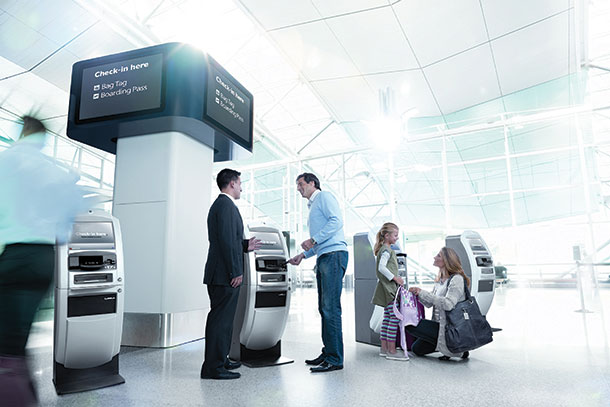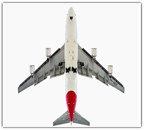Identity and automation customize travel experience
27 January, 2015
category: Biometrics, Contactless, Government, Library, NFC, Transit

Travel without a ticket
Ticketless or tokenless travel is another goal for airport innovators, and Slevin believes biometrics will be the primary mechanism for that change. “I can be my token, so I can just travel with my biometric,” he says.
The main token passengers travel with today is a bar code, which they either print or download to a smart phone. The token serves as a proxy for the individual to be able to travel on that day.
Slevin believes a bar code is a poor authentication mechanism. “What does this piece of paper actually say that can’t be said by me and the data behind me? That’s our fundamental difference,” he explains.
Human Recognition Systems has been working closely with London Gatwick Airport, and Slevin notes that the CIO of Gatwick has gone on record calling biometrics a key to the airport’s future as other technologies are becoming obsolete.
Last year, the company conducted a trial simulation of the passenger journey of the future at Gatwick Airport, using both biometrics and an airport passenger experience app.
The experience began with passengers being biometrically identified at the airport’s car park barrier. The smart phone app then began communicating personalized information, ranging from check-in details to customer-specific retail offers.
Gatwick also conducted the world’s first trial of an end-to-end biometric system to automate passenger identification on flights. Human Recognition Systems used iris technology to enroll passengers so that they could gain access to automated boarding and have the ability to deposit their luggage at designated self-service bag drops.




